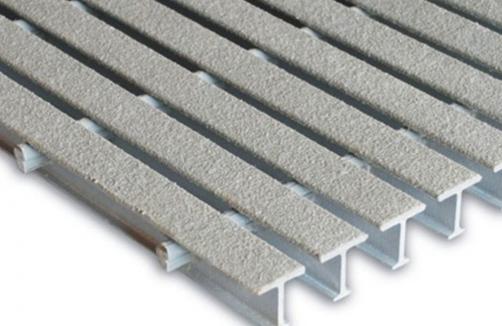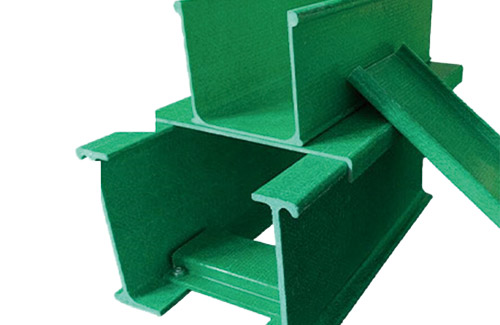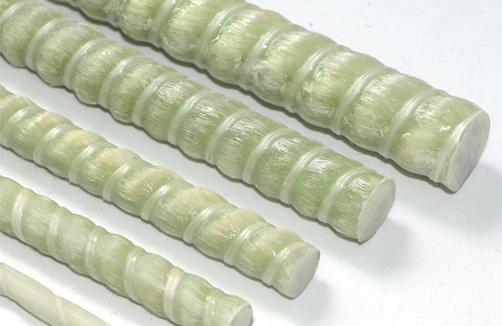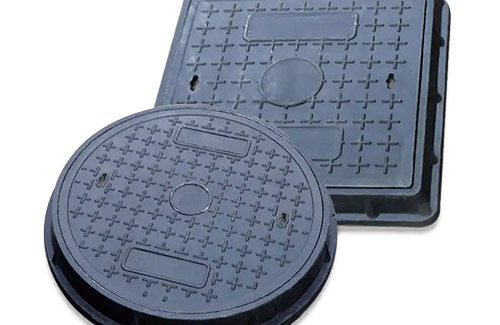Machs can offer you more than 100 types of FRP Grating. The following suggestions will help you choose the most appropriate raster series for your application.
1. Determine design criteria
The FRP grating design criteria were found in the project specification under Section 06 74, “Glass Fiber Enhancement Gratings”.
The allowable deviation of the FRP grille is usually limited to 1/4 inch (6 mm) to accommodate pedestrian comfort. For heavier temporary loads, the allowable deviation is larger. Deflection greater than 1⁄2 inch (12 mm) is not recommended and loose fasteners may be loosened due to snagging action on the retaining clip. Long panels with multiple spans reduce panel deflection. Comparing the design load to the grating safety load, you will find a high safety factor. Applicability (non-strength) usually controls the FRP design.
2. Determine the constraints
The height and/or spacing of the bearing rods determines the choice of grating series. Problems such as existing support, ADA compliance, high heels, falling objects, drainage, sun penetration, ventilation, and even vehicle traffic may be requirements for specific installations. With all these in mind, I6000-1, I6000-1.5 and T5000-2 are still the most common pultrusion series selection. thick x 1.5" square mesh is the most common molded grating series.
3. Select resin
In general, polyesters are suitable for most conditions; vinyl esters are used for harsh chemical exposures and additional corrosion protection; phenolic substances are primarily concerned with fire/smoke/toxicity.
Most load tables are based on polyester resin (PE) because vinyl ester (VE) resins have only slightly greater mechanical properties. Phenolic gratings do have unique properties and independent load tables. As a visual indicator of the grating resin, the crossbar is a light gray of PE and a black of VE. For specific chemical environments, please refer to the Corrosion Guide and select the appropriate resin.
4. Maximize span
After selecting the initial raster selection, the load table is checked to determine the maximum span that satisfies the load and allows deflection. Compare this to the plan dimensions and determine the support configuration. Choosing a taller bar allows for a longer grating span and reduces the frequency of the beam. This increases the load on each support beam, but fewer slightly larger beams are generally more economical than other smaller beams. If the beam spacing is much larger/less than the maximum span, check the load table to see if other gratings meet the design criteria.
5. Choose the appearance
FRP grilles are available in a variety of bearing strip colors, surface grit and topcoat finishes. Yellow and light gray are standard strip colors. Fine sand is suitable for bare feet; standard medium grit for industrial use; or coarse sand, if lubricant or debris is required. Polyurethane topcoats add enhanced UV protection or custom colors.
In conclusion
FRP gratings from Nantong Machs are available in a wide range of geometries, materials, assembly and finishing options to meet the needs of almost any application.








